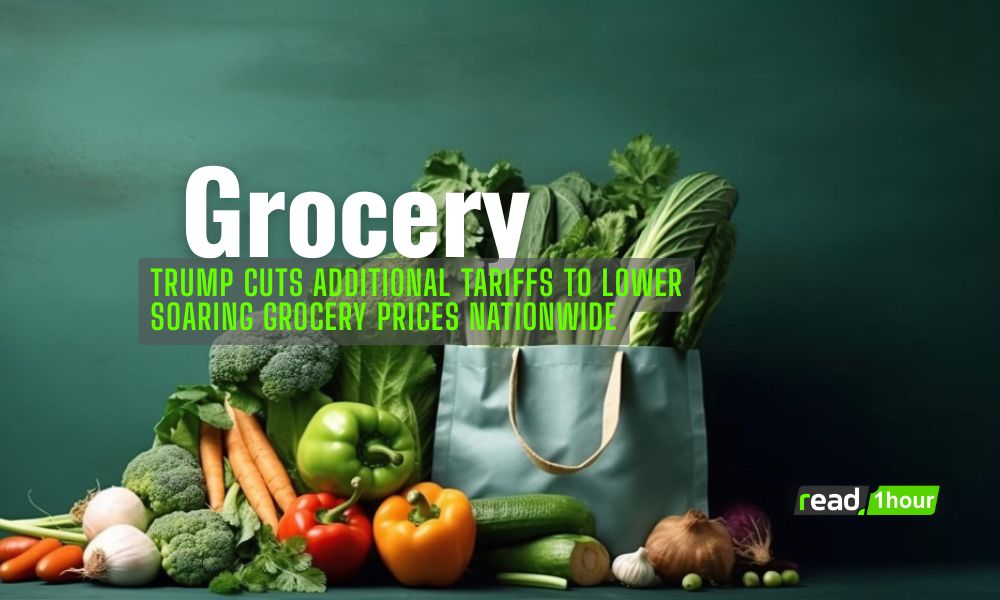Trump Cuts Additional Tariffs To Lower Soaring Grocery Prices Nationwide
Stories, English stories, thrillers, suspense, Horror stories, Latest Update, Mobile Tech, Gadgets, Stock marketing, Gold rate, etc
In a move aimed at tackling rising household costs, former President Donald Trump announced another round of tariff cuts this week, signaling a renewed focus on lowering grocery prices across the United States. The decision marks one of the administration’s most aggressive attempts to ease inflation that has affected food, produce, and essential goods for millions of American families.

According to officials familiar with the policy shift, the tariff reductions primarily target imported food products, farm supplies, packaging materials, and ingredients used in large-scale food production. The White House argues that removing these trade barriers will help reduce supply-chain costs and increase market competition, ultimately driving down prices for consumers.
Economists say the move could have a measurable impact on grocery costs, particularly on staples like fruits, vegetables, dairy, meat, and packaged goods. The new tariff cuts follow months of public frustration over expensive grocery bills, with many households reporting that weekly food budgets have surged compared to previous years.
Trump framed the decision as a “direct response to American families’ everyday struggles,” stating that high food prices have remained a top concern despite broader economic improvements. “If cutting tariffs helps lower the cost of groceries, then we’re going to cut them even more,” he said during a press briefing.
Industry experts note that the timing of the cuts is strategic. With ongoing global supply pressures, producers have faced higher costs for imported fertilizers, grain, livestock feed, and raw packaging materials. The new tariff reductions target several of these categories, potentially offering relief along the entire food supply chain.
However, the move has sparked mixed reactions. Supporters argue that lowering tariffs encourages competition and reduces consumer costs—especially during periods of inflation. Critics, on the other hand, warn that repeated tariff reductions could weaken domestic agricultural industries by making imported goods cheaper than U.S.-produced products.
Agricultural groups remain divided. Some farmers welcome the reduced cost of imported supplies, saying it could help stabilize production expenses. Others fear the policy may create long-term challenges, including reduced support for local producers and increased dependence on international markets.
Grocery retailers, meanwhile, have cautiously welcomed the announcement. Several major chains stated that lower import costs could eventually translate into reduced prices on shelves, but emphasized that changes will not be immediate. Supply contracts, transportation delays, and inventory cycles may slow the impact for several weeks or even months.
Financial analysts suggest that Trump’s decision may also be driven by political considerations. As grocery prices consistently rank among voters’ top concerns, tariff cuts could help boost public confidence and reshape the administration’s economic narrative.
For consumers, the announcement offers a glimmer of hope. With inflation still affecting essential goods, many Americans are closely watching whether these tariff changes will produce noticeable savings during weekly shopping trips. While experts caution that results may vary, the administration insists that the cuts represent a strong step toward easing everyday financial pressures.
